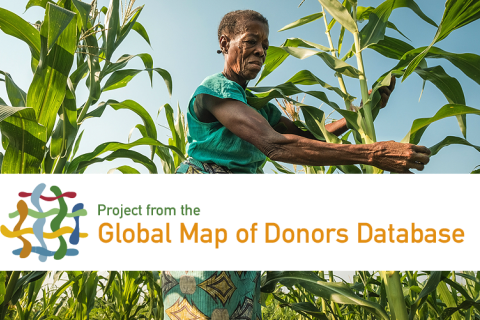Unique among African countries, the ancient Ethiopian monarchy maintained its freedom from colonial rule with the exception of a short-lived Italian occupation from 1936-41. In 1974, a military junta, the Derg, deposed Emperor Haile SELASSIE (who had ruled since 1930) and established a socialist state. Torn by bloody coups, uprisings, wide-scale drought, and massive refugee problems, the regime was finally toppled in 1991 by a coalition of rebel forces, the Ethiopian People's Revolutionary Democratic Front. A constitution was adopted in 1994, and Ethiopia's first multiparty elections were held in 1995. A border war with Eritrea in the late 1990s ended with a peace treaty in December 2000. In November 2007, the Eritrea-Ethiopia Border Commission (EEBC) issued specific coordinates as virtually demarcating the border and pronounced its work finished. Alleging that the EEBC acted beyond its mandate in issuing the coordinates, Ethiopia has not accepted them and has not withdrawn troops from previously contested areas pronounced by the EEBC as belonging to Eritrea. In August 2012, longtime leader Prime Minister MELES Zenawi died in office and was replaced by his Deputy Prime Minister HAILEMARIAM Desalegn, marking the first peaceful transition of power in decades.
Ethiopia is a federal parliamentary republic.
Source: CIA World Factbook
Members:
Resources
Displaying 16 - 20 of 30Civil Code of Ethiopia
Preface: "The Civil Code has been promulgated by Us at a time when the progress achieved by Ethiopia requires the modemisation of the legal framework 01 Our Empire's social structure so as to keep pace with the c1umpn, circumstances of ehis world of today. In order to consolidate the progreu already achieved and to facilitate yet further growth and development, precise and detailed rules must be laid down regarding those problems which do not only jace the individual citizen bue ehe nation. as a whole.
Pastoral Community Development Project (PCDP III)
General
The aim of this project is to support community sub-projects in targeted pastoral and agro-pastoral sub-districts to build demand-driven social and economic infrastructure, to build community institutions, to develop a community level monitoring and learning system, and to assist pastoralist/agro-pastoralist households to improve their livelihood by promoting access to financial services and supporting improved advisory services. The project benefits approximately 2,6 million pastoralists.
Urban Planning Proclamation No. 574/2008.
This Proclamation provides rules relative to spatial and development planning in urban centres in Ethiopia. It establishes a legal framework in order to promote planned and well developed urban centres and regulates and facilitates development activities in urban centres to enhance economic development of the country.
Payment of Compensation for Property Situated on Landholdings Expropriated for Public Purposes Council of Ministers Regulations (No 135/2007).
These Regulations issued under article 14(1) of the Expropriation of Landholdings for Public Purposes and Payment of Compensation Proclamation No. 455/2005 concerns not only payment of compensation to but also aims at assisting in other ways persons displaced by expropriation under the Proclamation to restore their livelihood. Compensation shall also be paid for crops and trees. The amount of compensation for crops shall be calculated by multiplying the amount of yield that would have been collected from the land at maturity by the current market price of the crops.
Condominium Proclamation No. 370/2003.
This Proclamation provides rules relative to the establishment, registration and administration of condominium and related rights. The condominium shall be administered on the basis of a unit owners association, i.e. an association established with a view to obtaining mutual benefits for unit owners other than securing or sharing of profits. Two or more unit owners associations may amalgamate by registering with the registrar the Declaration, description, by-laws and rules for the amalgamated association.




